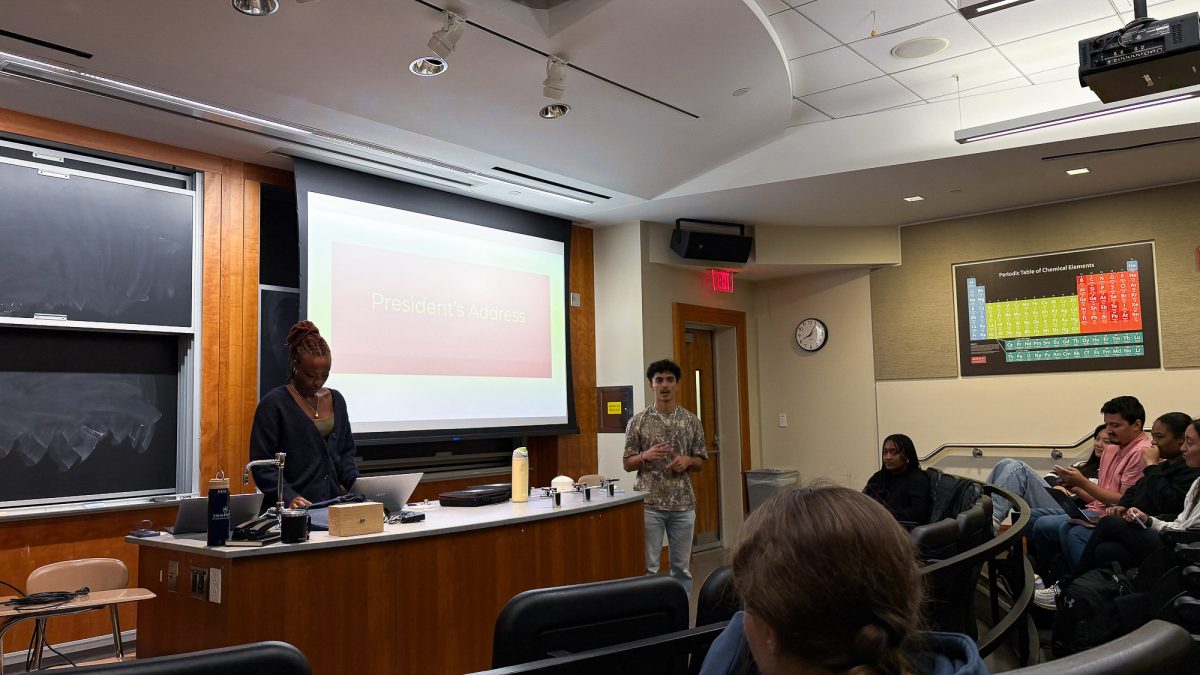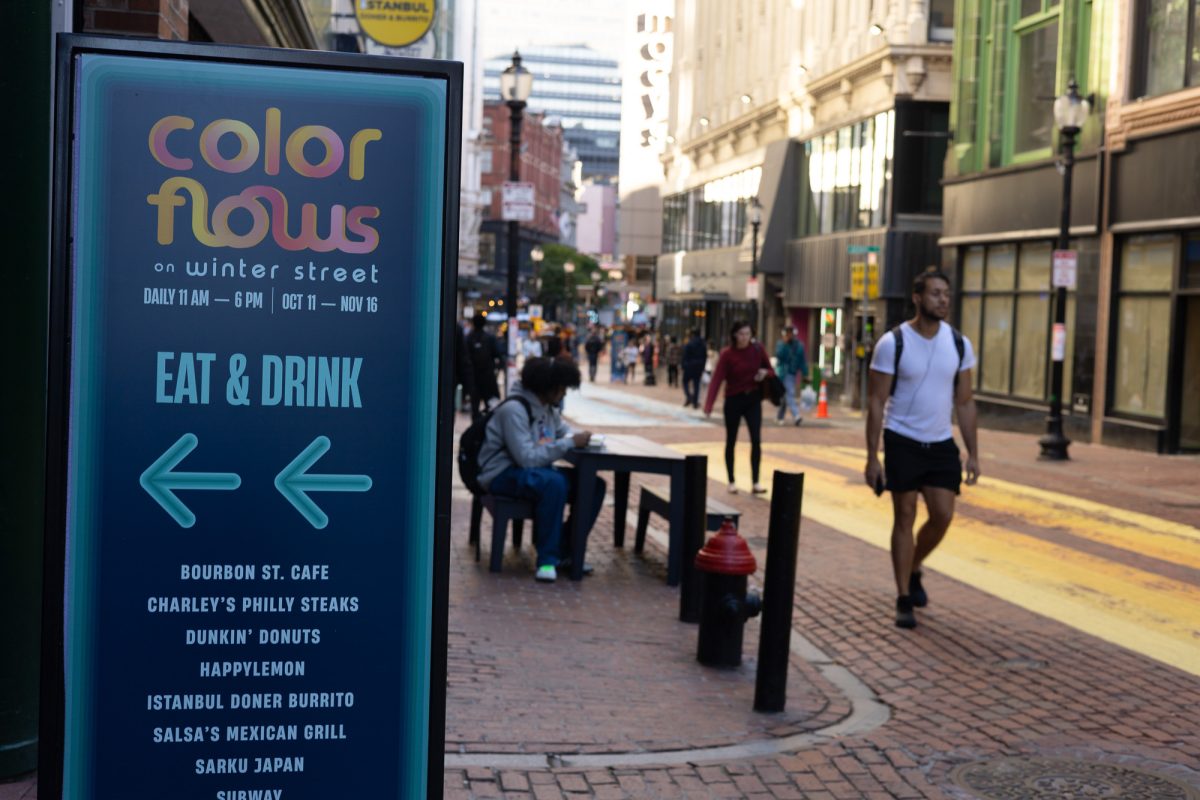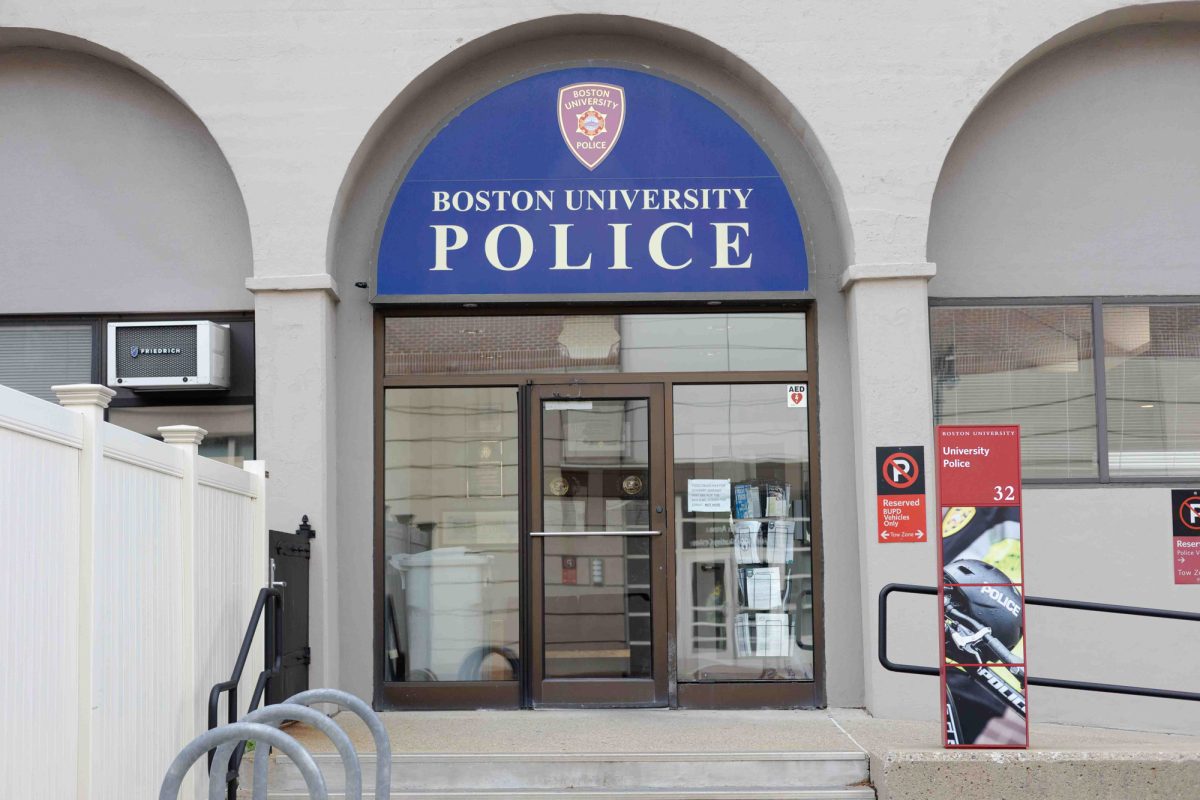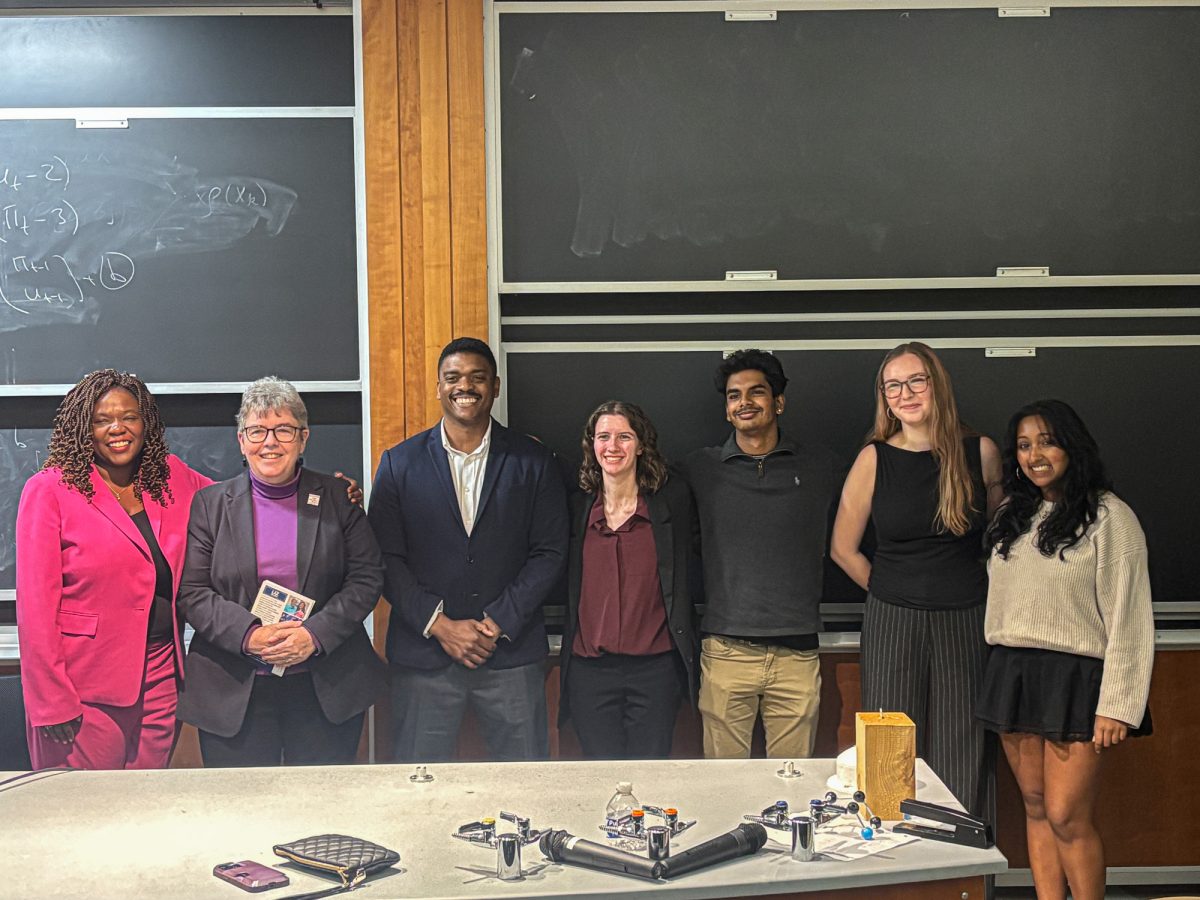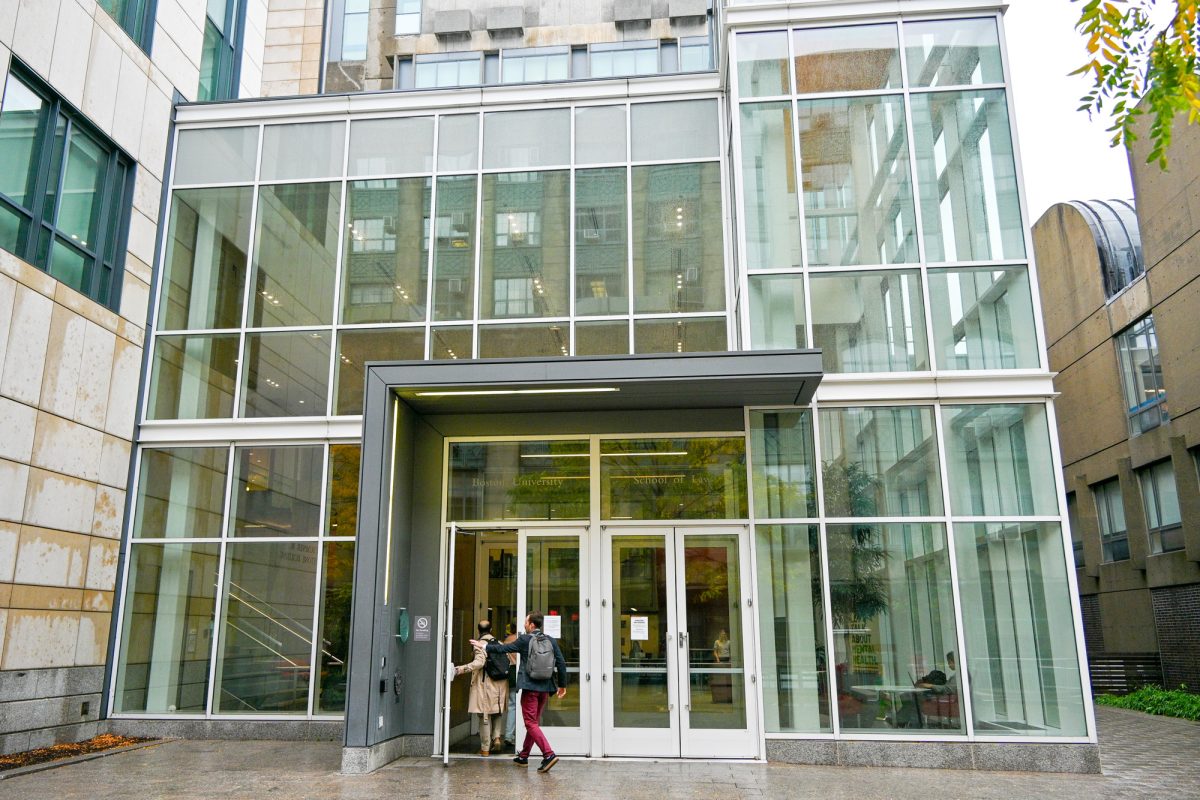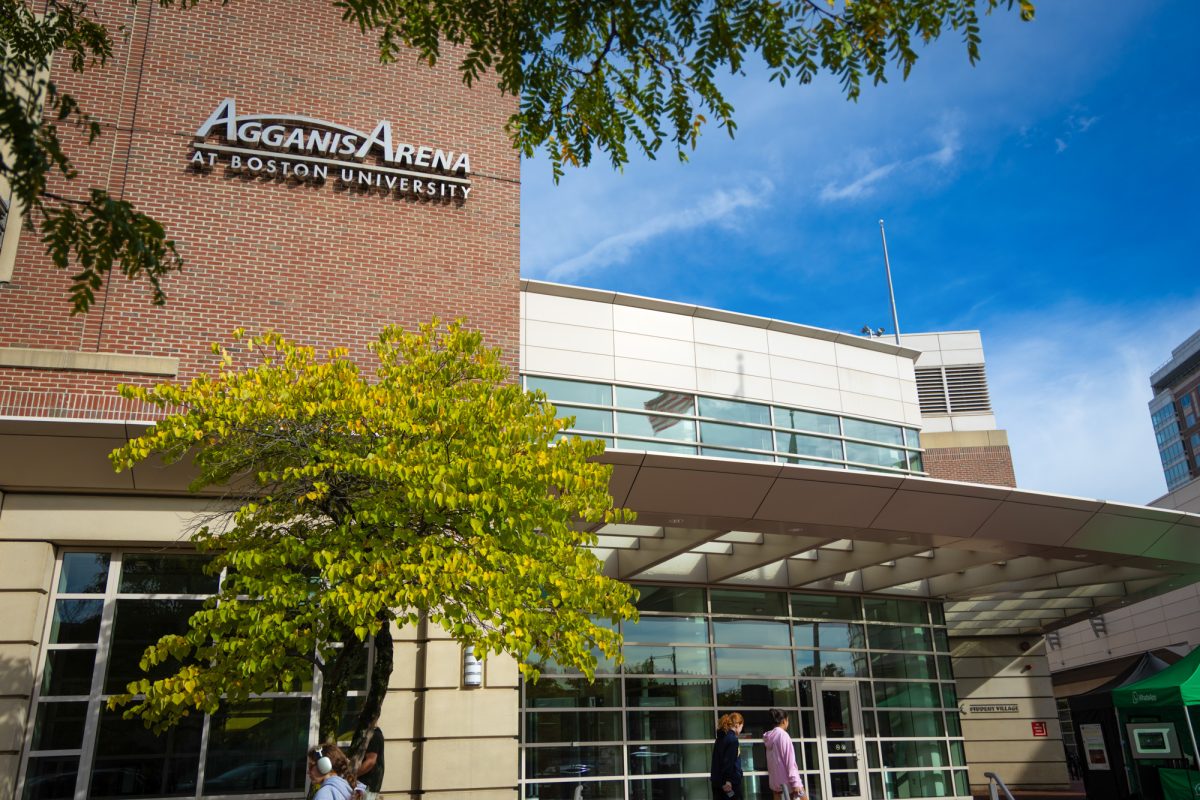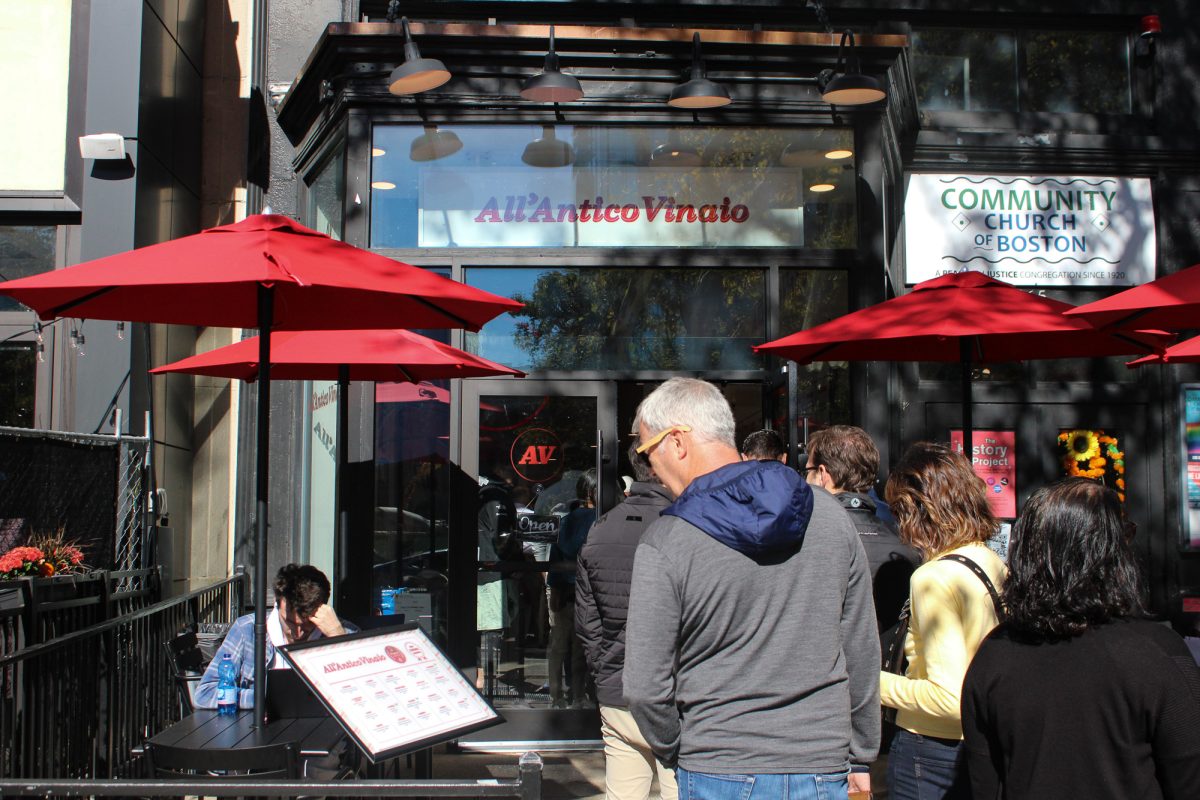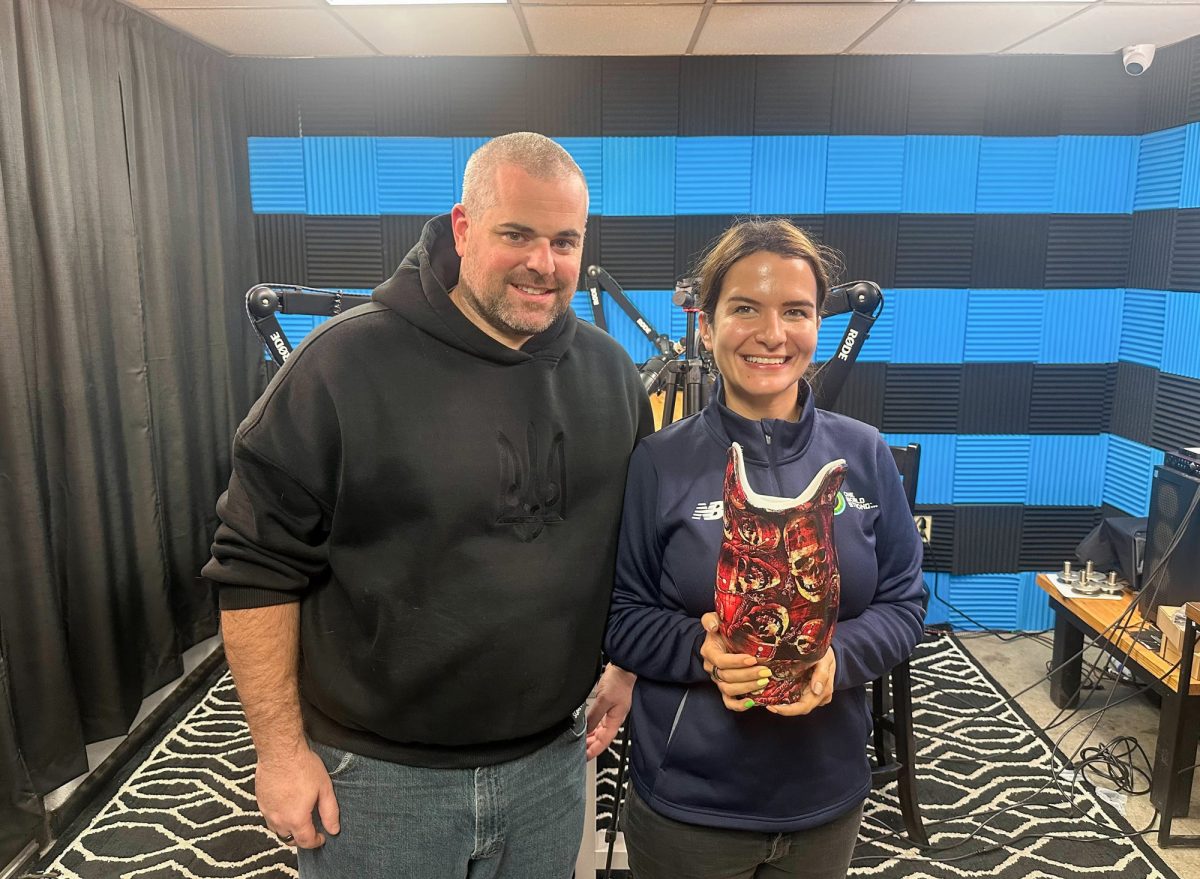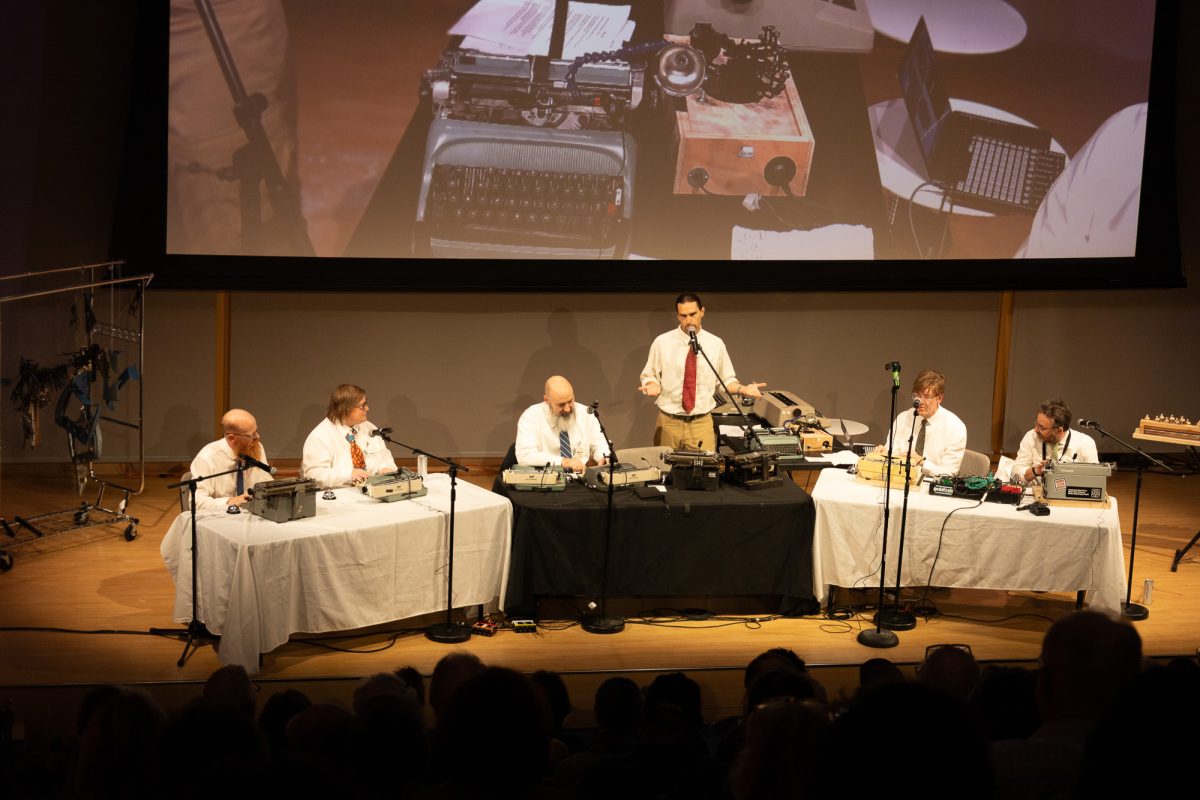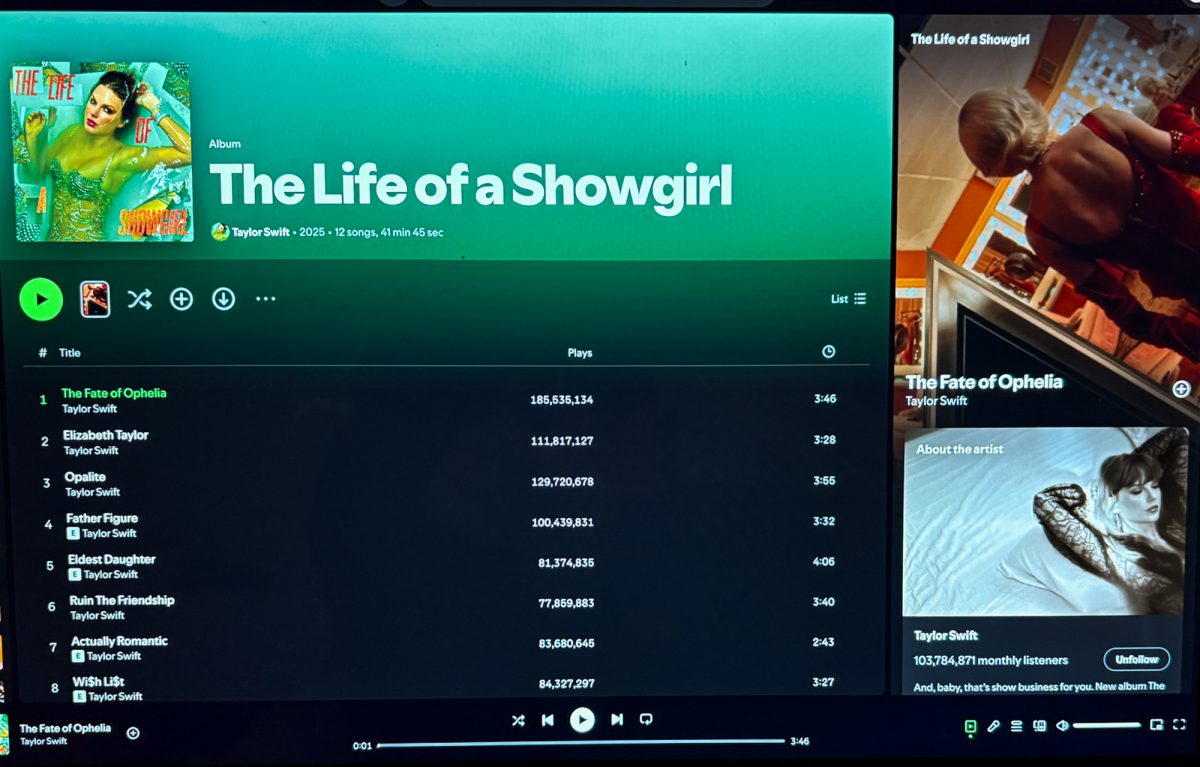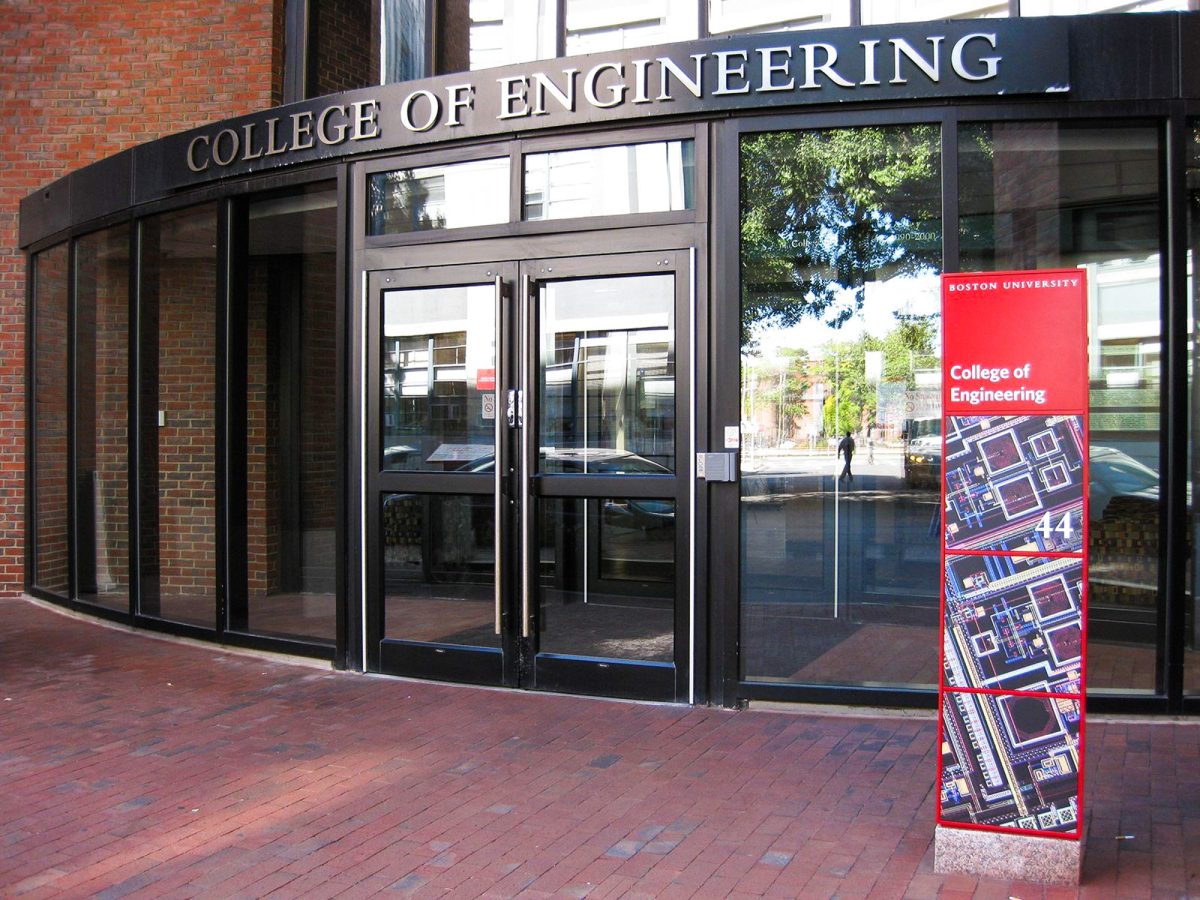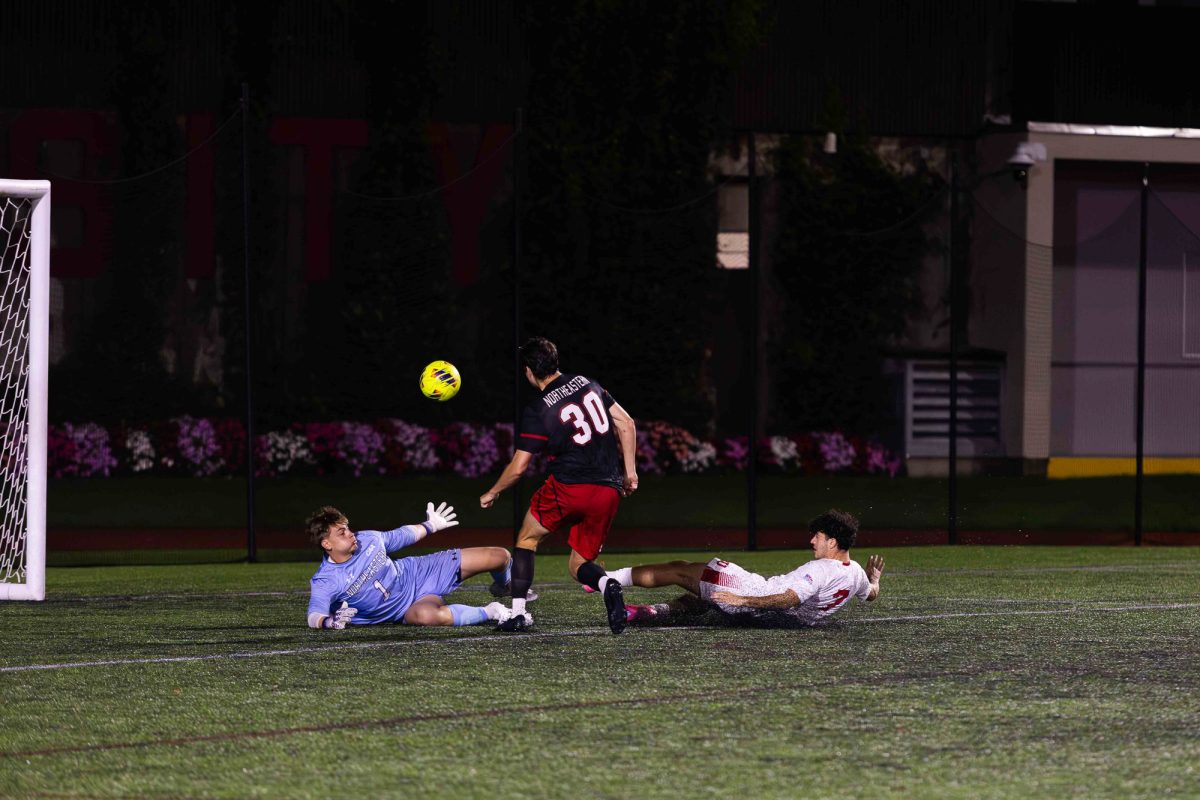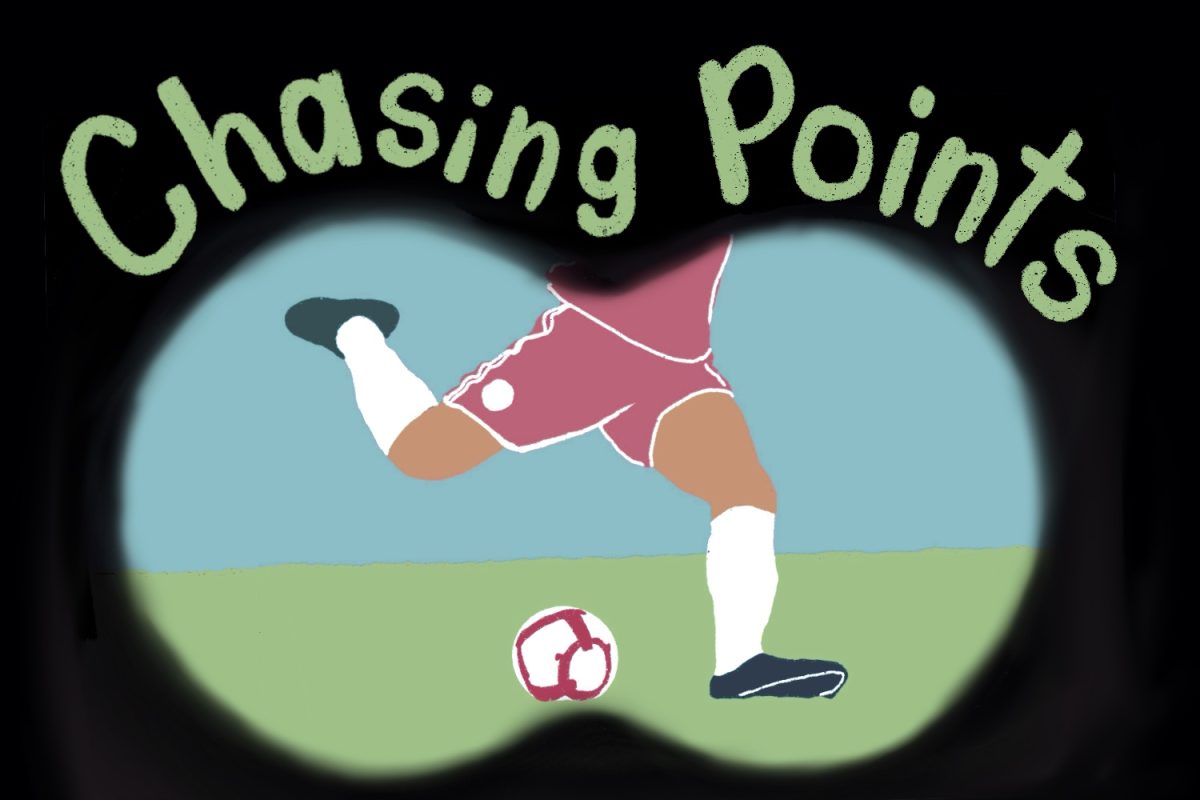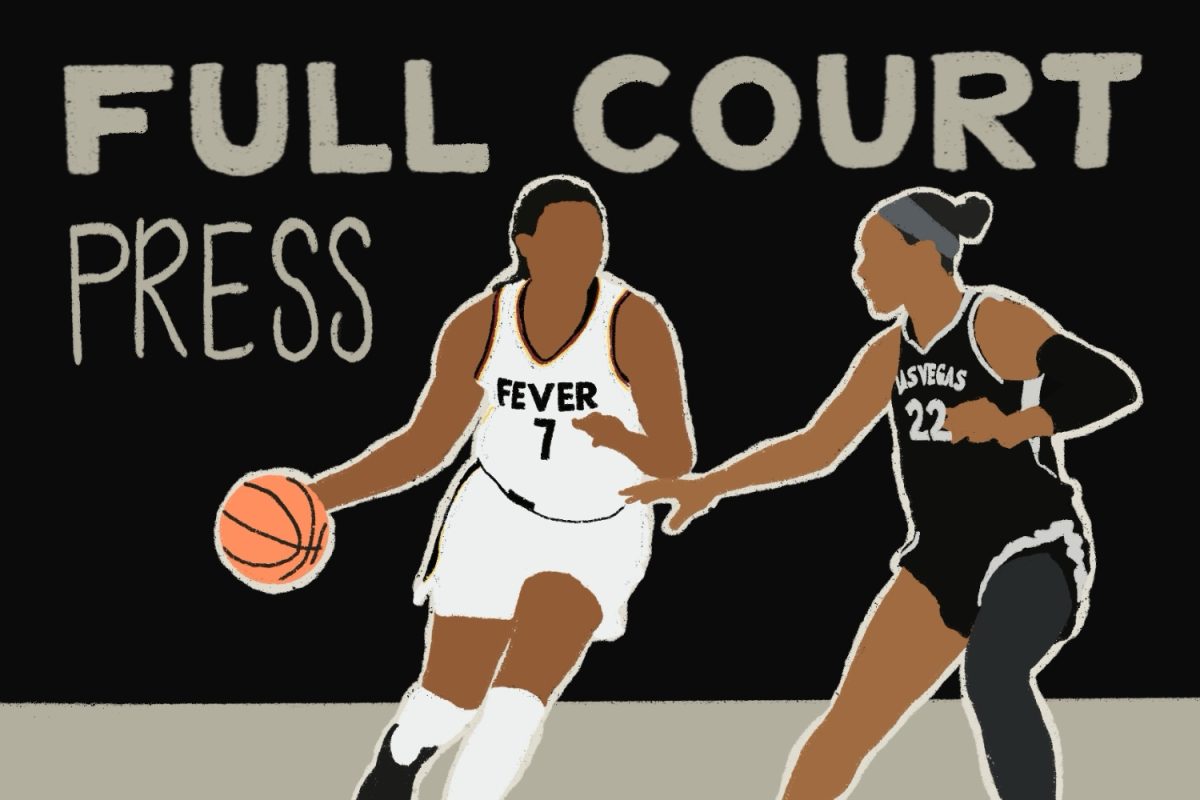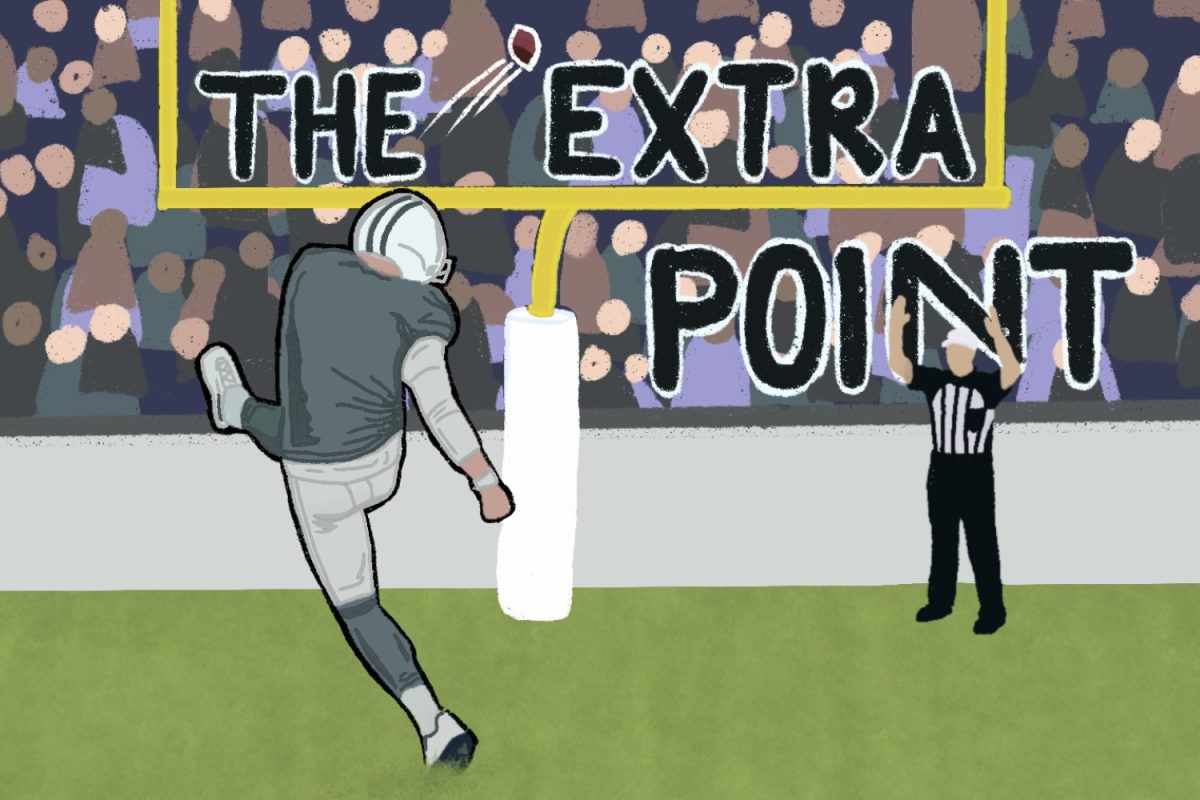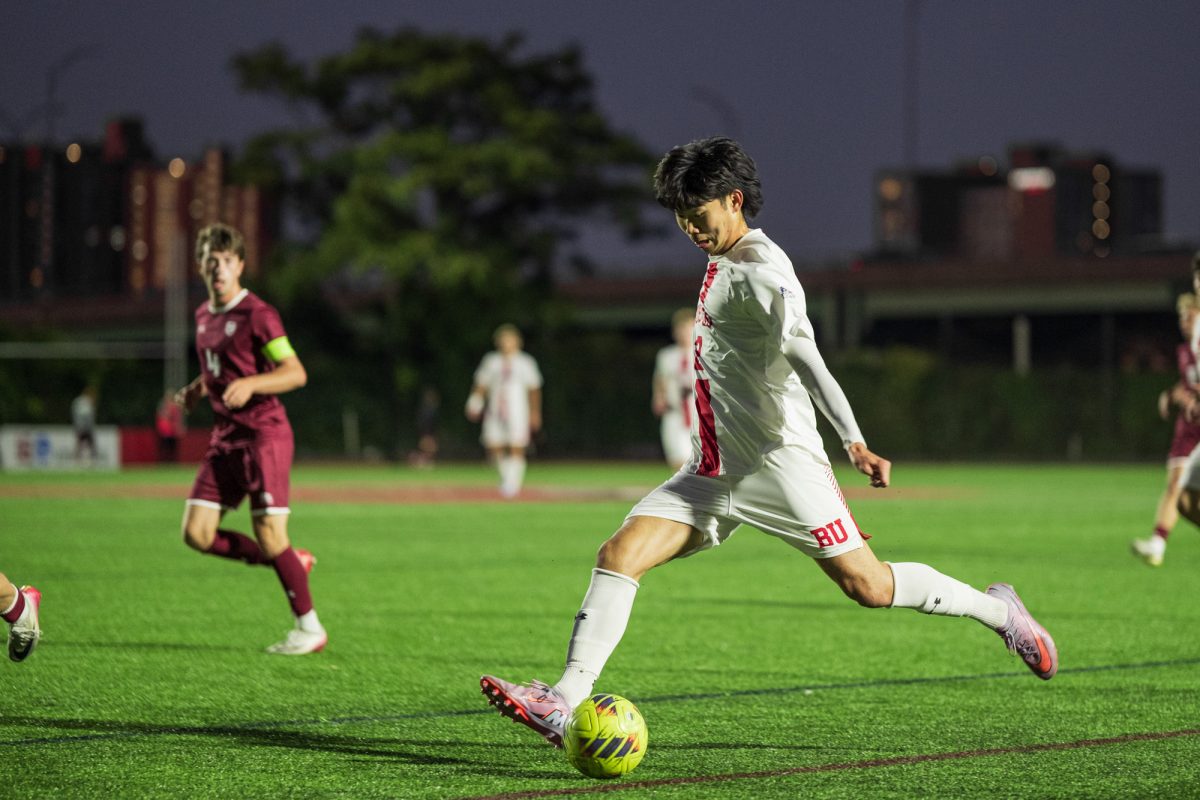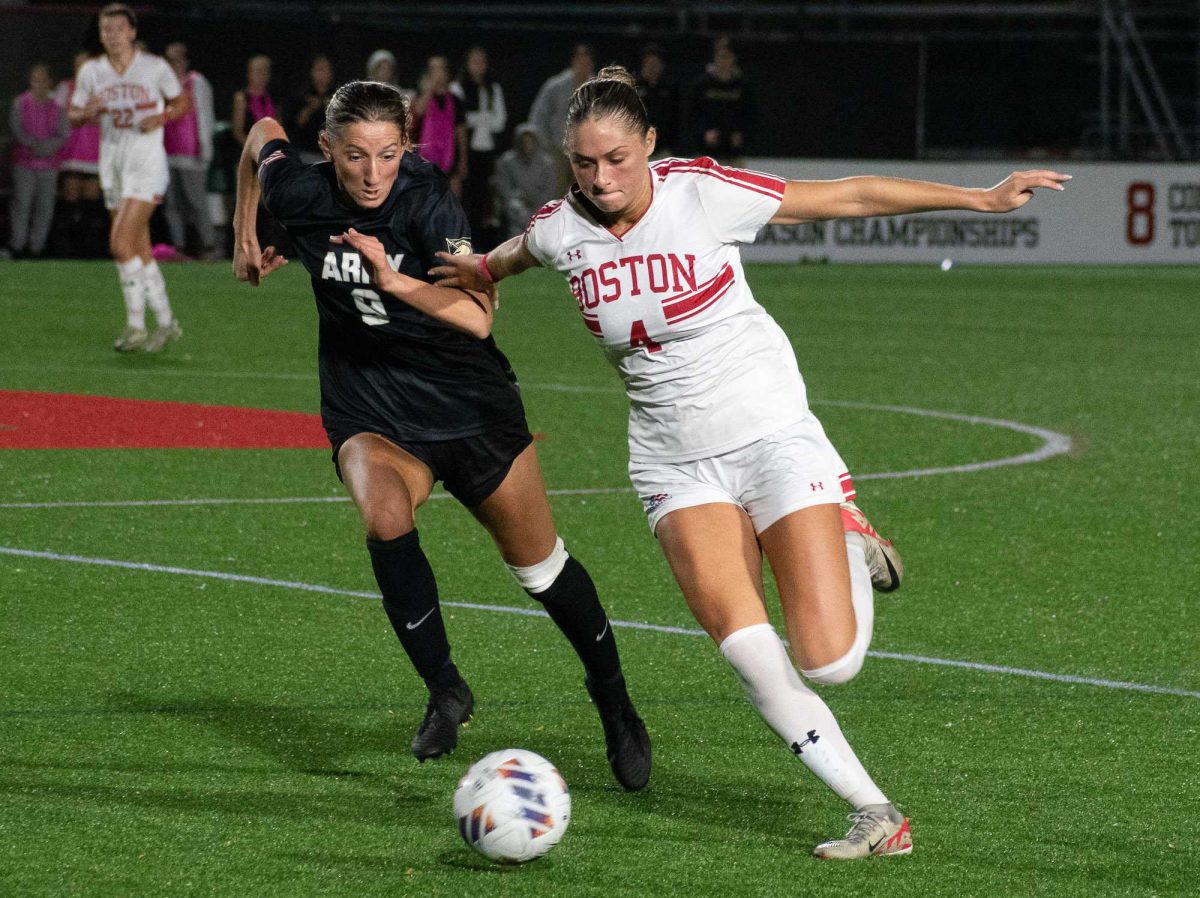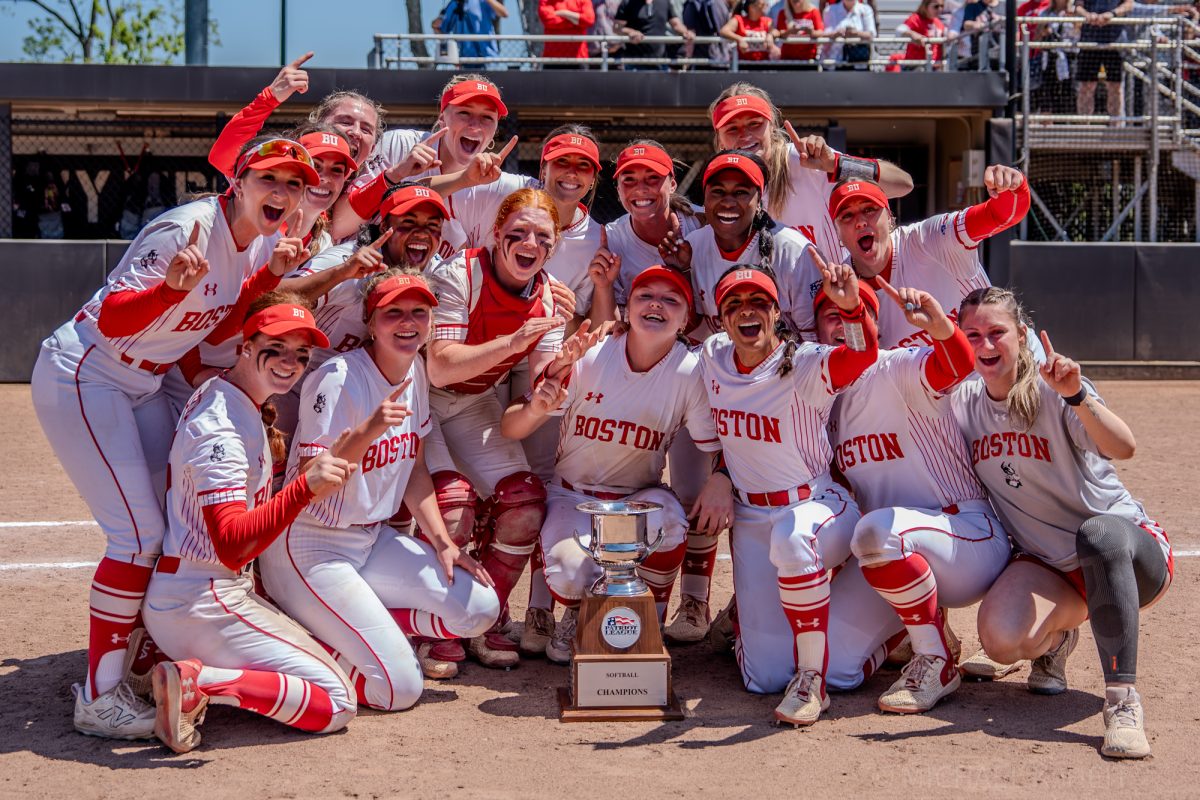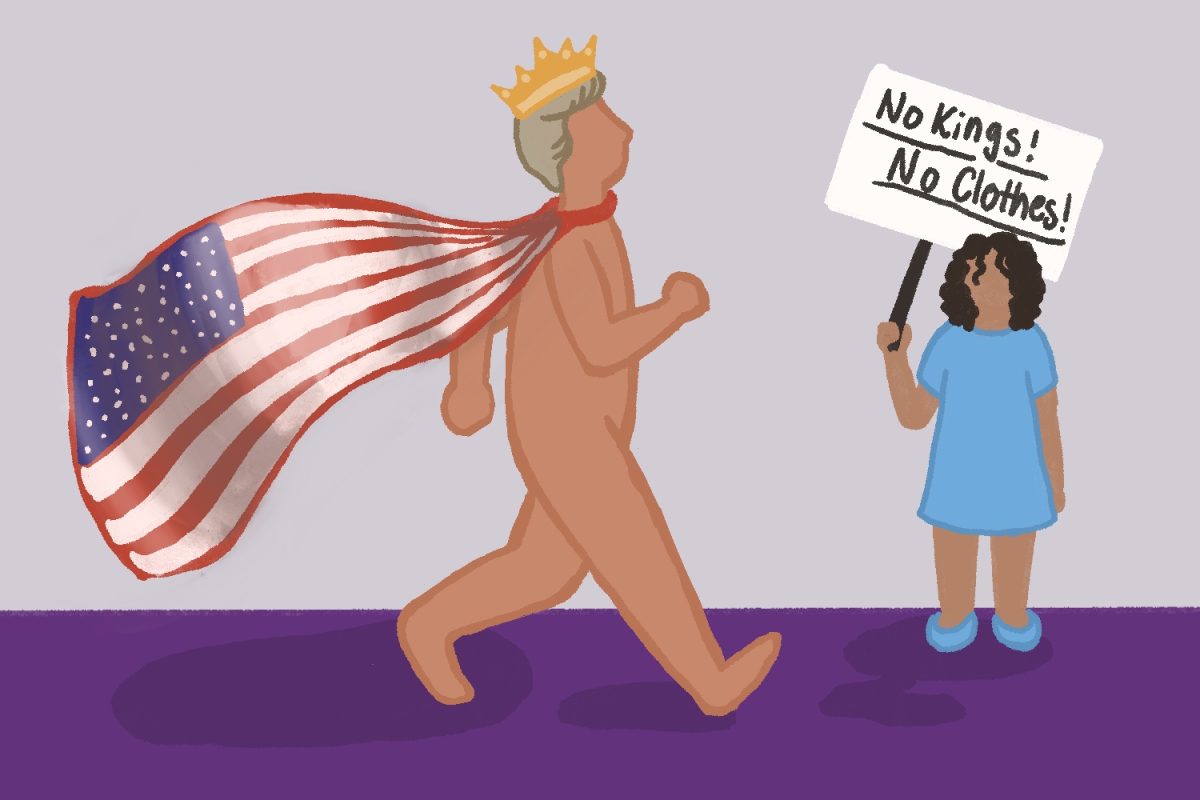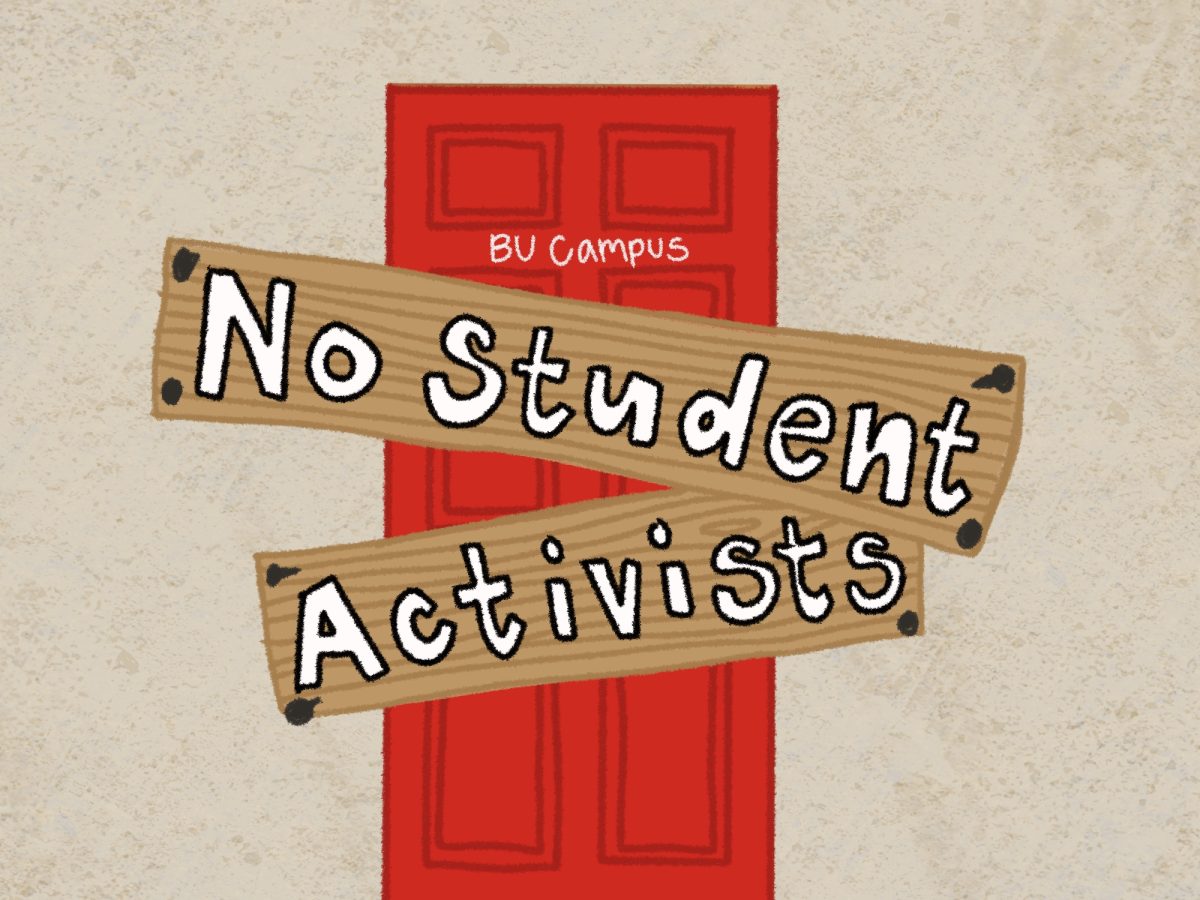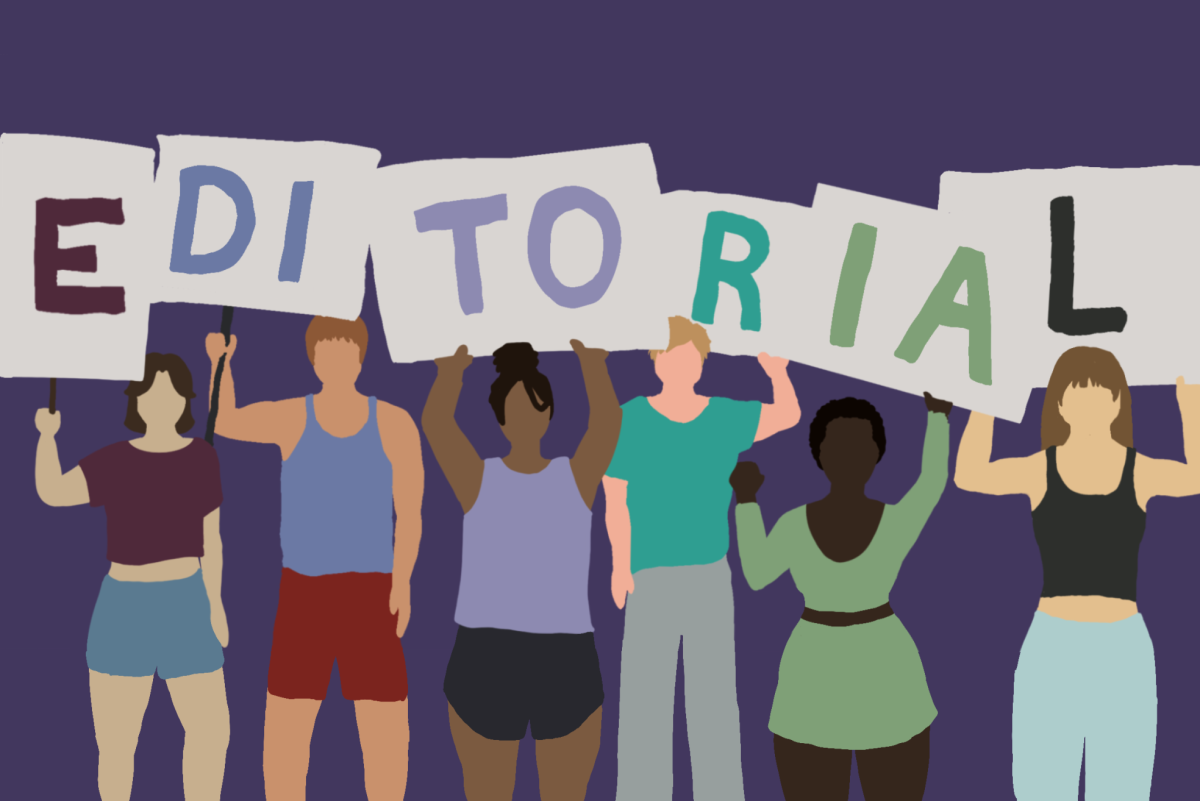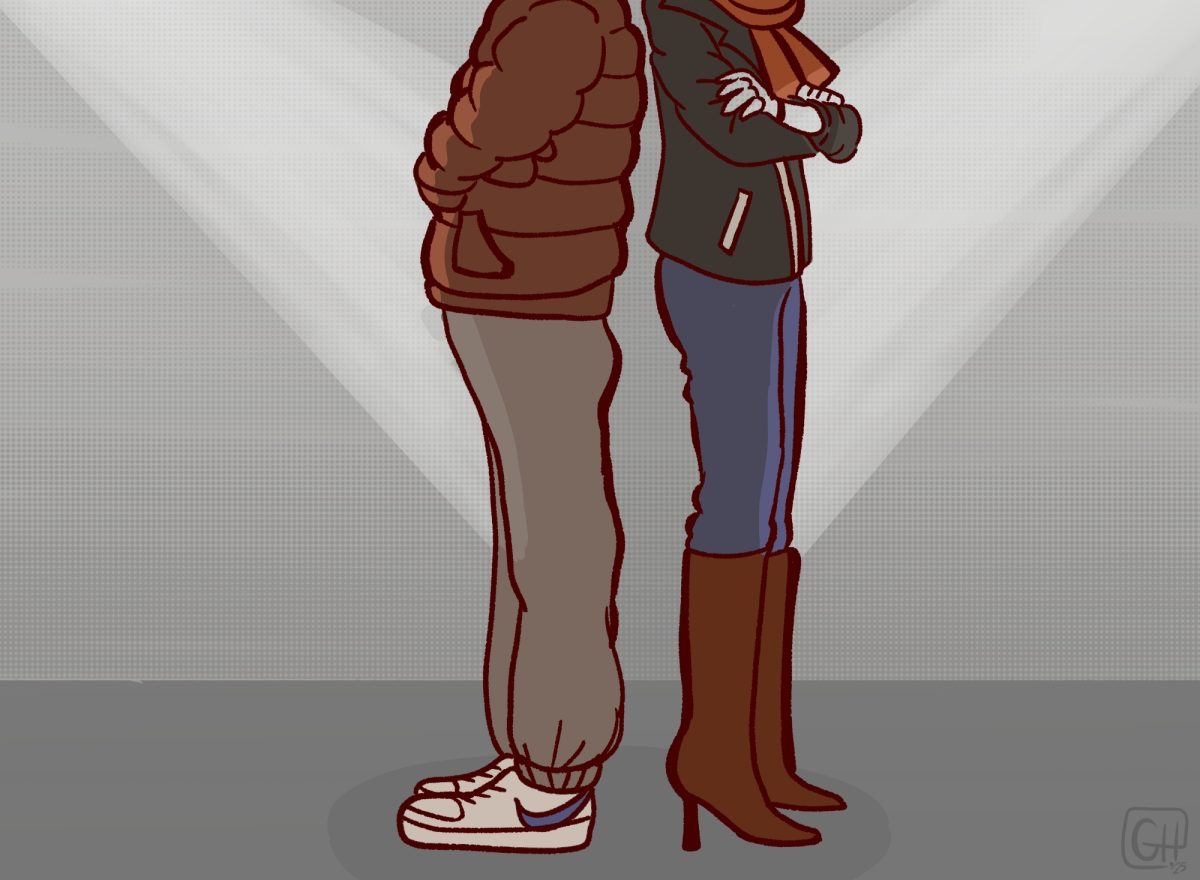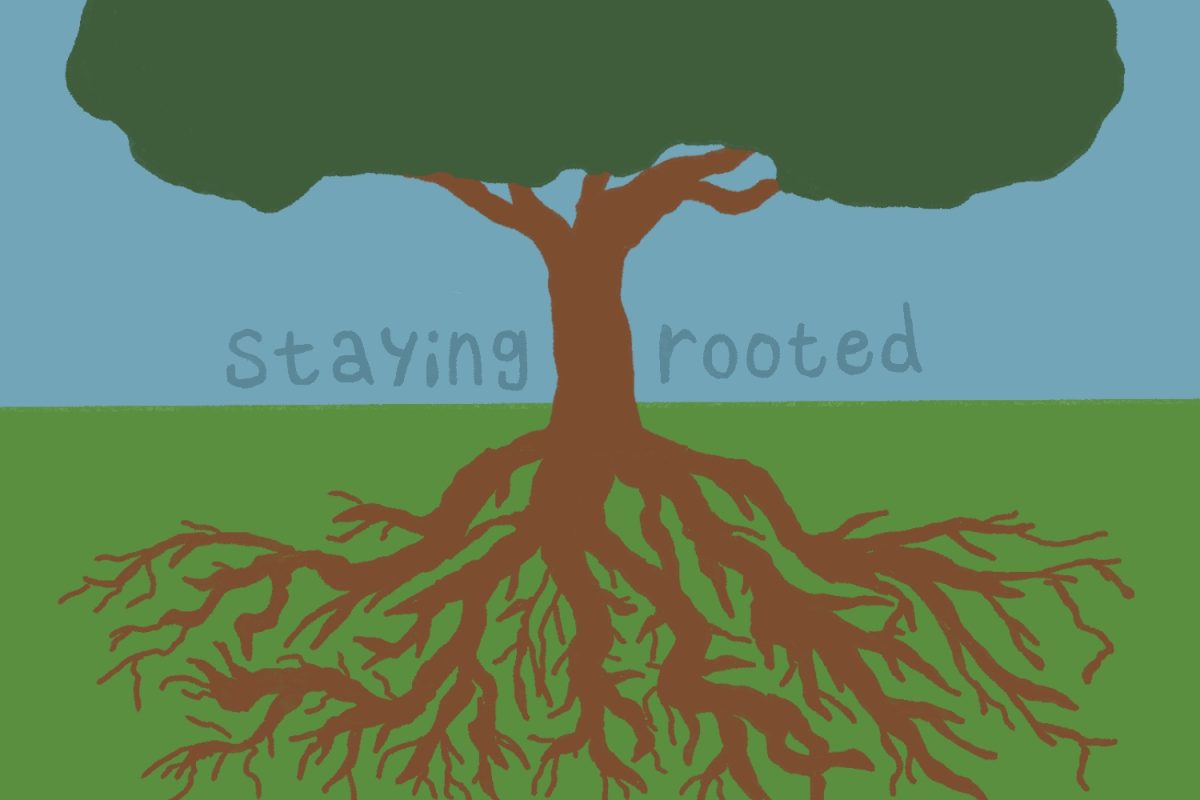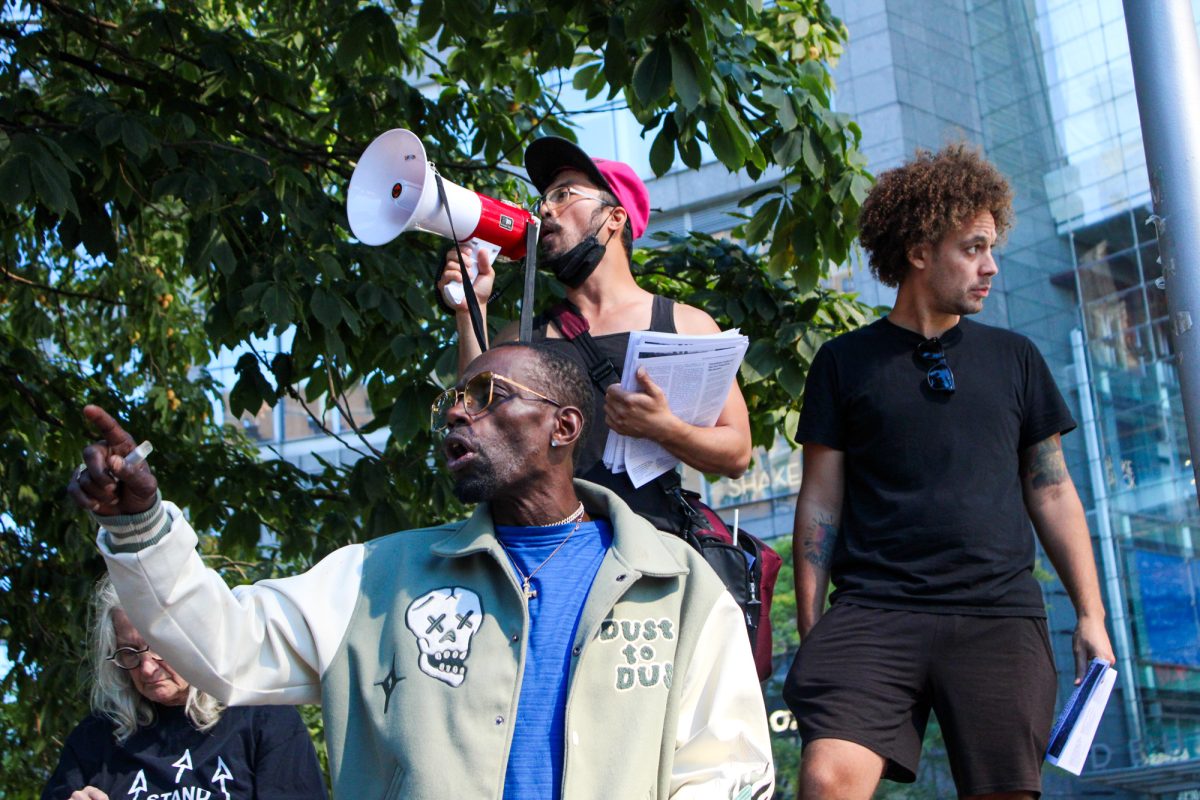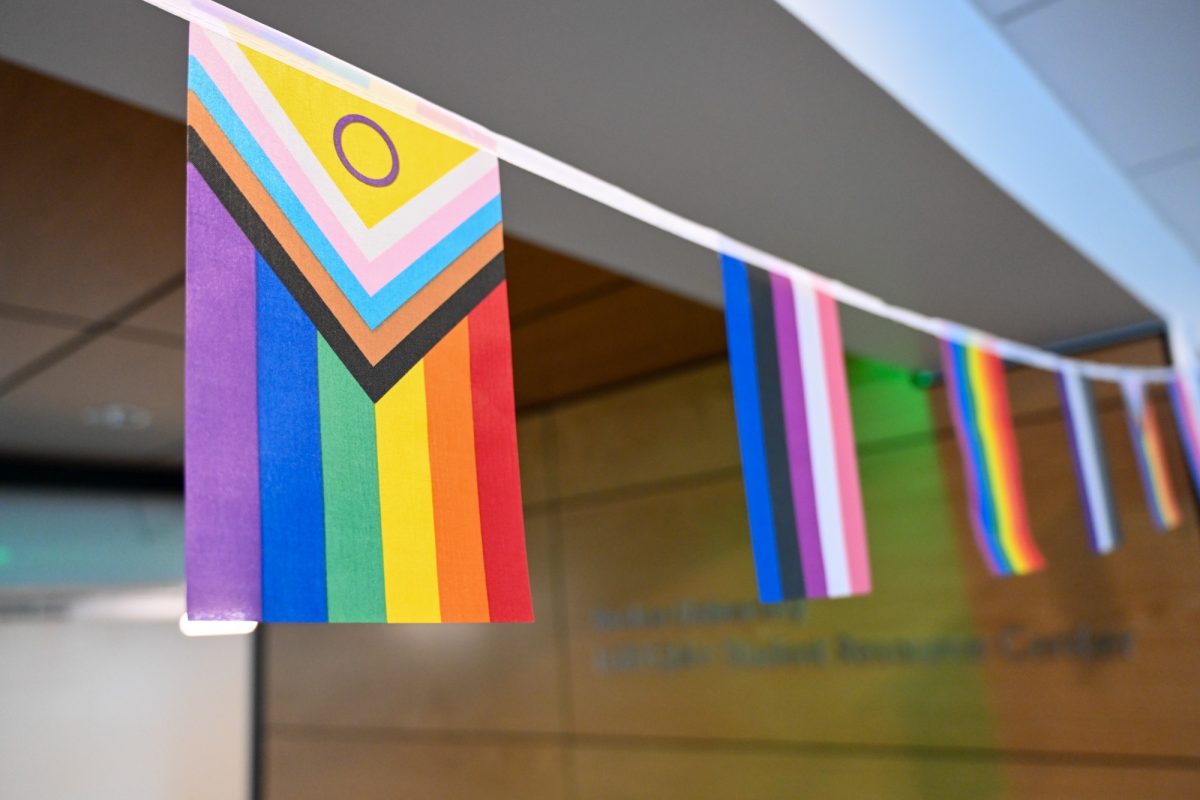I write in response to recent articles about the acceptance of American Sign Language (ASL) for foreign-language requirements. As the faculty member who submitted proposals to the College of Arts and Sciences Academic Policy Committee (APC) in both 1993 and 2004 (at the request of students who lacked standing), I would like to address several issues.
At the March 16, 2005 CAS Faculty Meeting, dean Jeffrey Henderson allowed a vote on a proposal that ASL “proficiency be accepted in fulfillment of the CAS Foreign Language Requirement on the basis of bilingualism, to be determined by a CAS-administered test.” This differed significantly from the proposal submitted one year earlier: To accept the proficiency level sufficient for other languages (i.e., that attained through four semesters of college-level instruction). What better demonstration of such proficiency than successful completion of ASL IV?
I do not understand why the college has imposed further requirements of “bilingualism” (surely unattainable through four semesters of study of any language) and proficiency testing (at some cost to the university) exclusively on students of ASL. Why is there doubt that students completing ASL IV have attained proficiency appropriate for satisfaction of this requirement?
Henderson does not wish to allow School of Education courses to fulfill CAS requirements. However, CAS does not require specific courses, only demonstration of (fourth-semester-equivalent) proficiency in any of several ways (e.g., through course work — even at other universities via transfer credit — or standardized achievement tests). Courses offered through SED (including ASL I-IV and Deaf literature and culture) have long been available to CAS students as electives.
In his latest statements, the dean distinguishes “liberal arts” from “applied” languages. This linguistically meaningless distinction seems like nothing more than a thinly veiled attempt to keep ASL out of the “language clubhouse” by assigning it separate-but-not-quite-equal status.
The Linguistic Society of America (LSA) policy statement (ratified in 2001), affirmed that signed languages of the Deaf have the same expressive capacity and richness of linguistic structure as spoken languages. Signed languages are full-fledged languages that incorporate rule-governed systems at every linguistic level (with basic articulatory, discriminatory elements composing units of meaning that are organized into a hierarchical syntactic structure). ASL, dating back almost 200 years and quite distinct historically and structurally from English, is the language of deaf communities in much of North America. “It is also the vehicle of a distinguished deaf culture and has a tradition of visual literature.”
The LSA also affirms: “[S]igned languages such as ASL all the rights and privileges attendant to any spoken languages, including the right to satisfy a student’s academic foreign language requirement, just as Spanish, Chinese, Navajo, or any other spoken language can.”
Despite increasing acceptance of ASL at American universities, the Silber administration is widely known to have resisted. Lennard Davis, in his excellent article, “The Linguistic Turf Battles Over American Sign Language” (Chronicle of Higher Education, June 5, 1998), referred to the heated debate at Boston University that had been going on for at least 15 years.
“The administration, led by Chancellor John Silber, initially maintained that ASL was not a language, did not have a culture associated with it, and was not ‘foreign.’ The administration dropped the first two objections in the face of overwhelming evidence to the contrary, but steadfastly maintains that ASL is not foreign enough to meet the university’s requirements.”
Reasons given for exclusion of ASL have included (varying) characterizations of the people who use this language. For example, in his letter on April 25, 1994, the Chair of the APC explained why Navajo would be considered “foreign” whereas ASL would not: “[T]he use of ASL is primarily confined to deaf people, and those who communicate with them in this manner, in North America. Moreover, these people come from a variety of ethnic and sub-cultural backgrounds, because the basis for ASL is an unfortunate disability that has no geographic or demographic basis.”
Discussions of diversity frequently focus on gender and ethnicity. I am pleased that BU’s Council for Faculty Diversity and Inclusion, on which I serve, takes a broader view, including in its definition of diversity: “life experience, gender, sexual orientation, race, national origin, ethnicity, physical ability, spiritual beliefs, and intellectual approach.” In the words of Walt Wolfram (William C. Friday Distinguished Professor of Linguistics at North Carolina State University and 2001 President of the LSA, p.c. 4/29/2004), who points out that there is no question about the “linguistic legitimacy and integrity” of ASL, “one of the most important languages” in this country:
“To deny its native users and those who wish to learn it as a second language the rights attendant to its status as a language is one of the most blatant forms of linguistic discrimination still tolerated in American society. Such personal and institutional acts of discrimination must cease and those who discriminate against ASL must be held accountable.”
BU has come a long way since 1991, and it has not been an easy road. I hope that this university will consider further changes to its language policies, so that BU (not only CAS, but all its colleges) may, at long last, join the ranks of University of California at Berkeley, Stanford, Yale, and many other distinguished institutions in recognizing ASL on par with other foreign languages for satisfaction of its requirements.
Carol Neidle is a professor of French and linguistics in the department of modern foreign languages in the College of Arts and Sciences. She is also the CAS director of the American Sign Language Linguistic Research Project.


